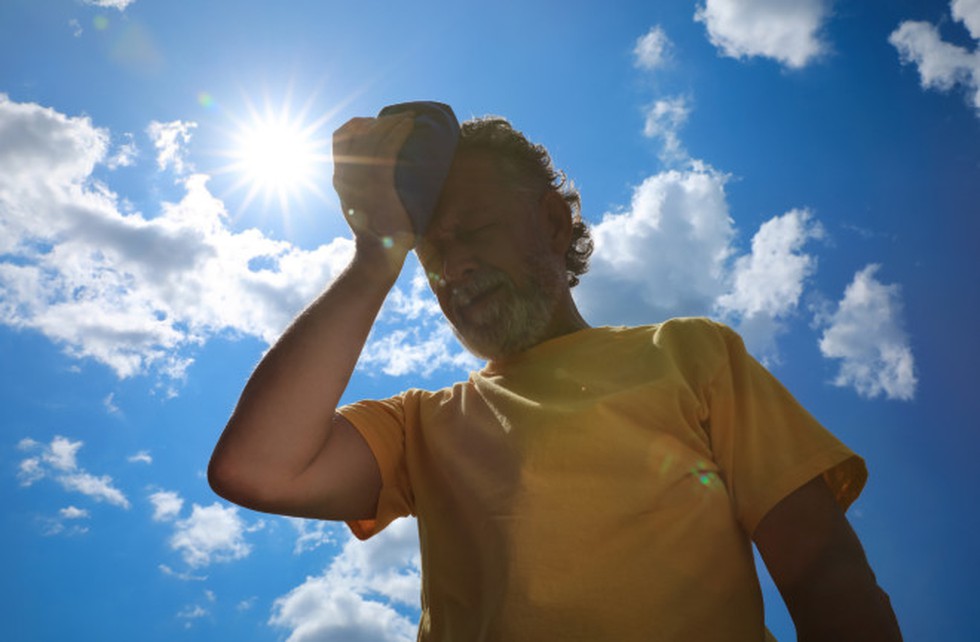
About Humid Heat:
What is Dry Heat?
After several decades, the locally ex...
Several high-street banks have either...
A team of scientists recently describ...
Using artificial intelligence, resear...
People in India exposed to extreme le...
India has successfully test-fired its...
The discovery of a 41,000-year-old os...
Researchers have carried out an in-de...
Recently, Meta has introduced a new A...
India-Mongolia Joint Military Exercis...